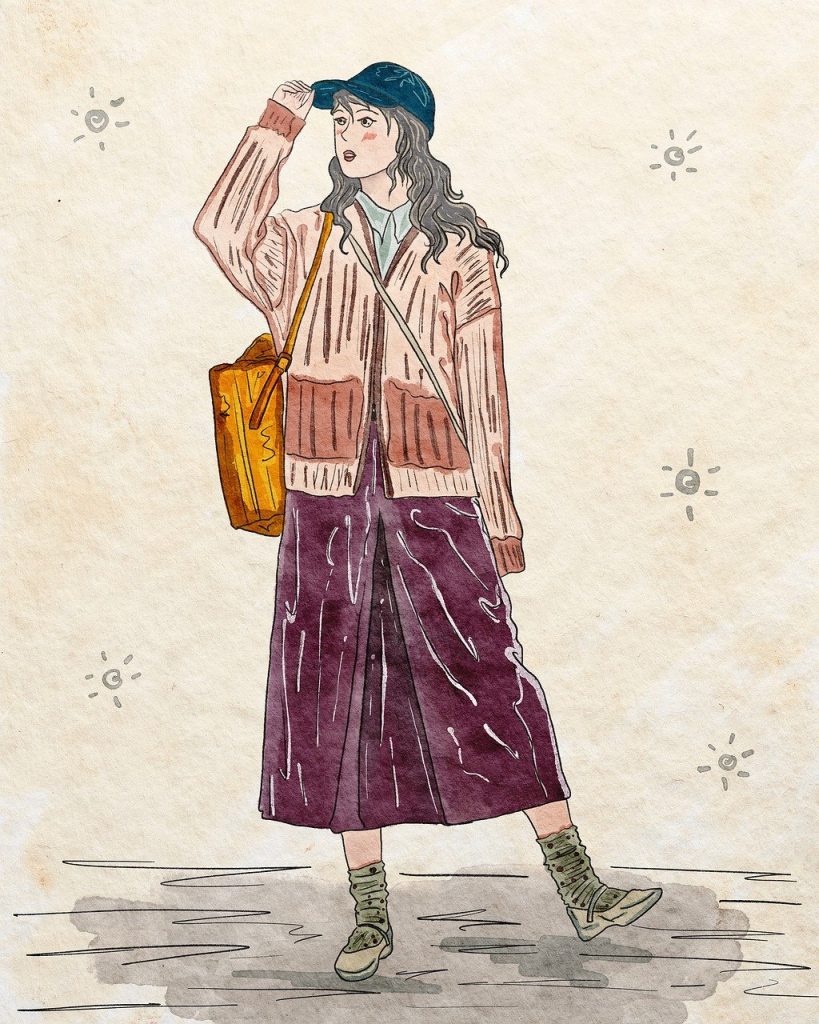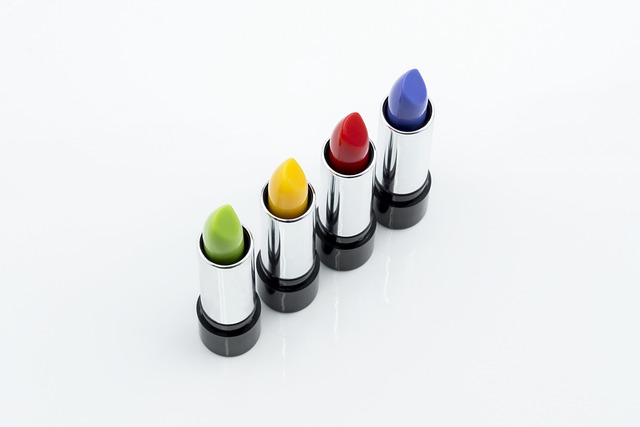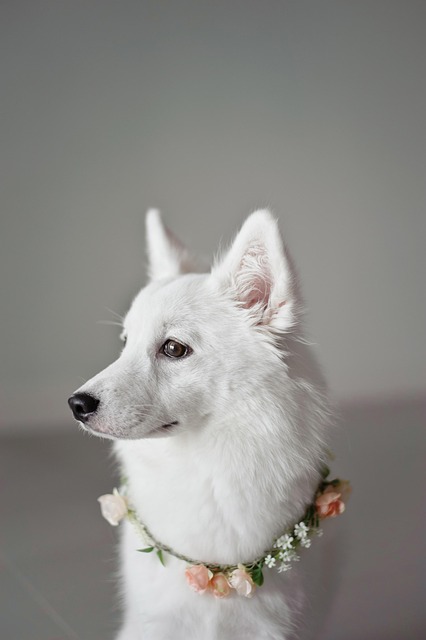Kari Lilja, TkT, Erikoistutkija; Sirpa Sandelin, TkT, Yliopettaja
English version: Click the link
Olemme parhaillaan viimeistelemässä yhtä WIN4SMEs-projektin tehtävistämme, kuuden työpaikkainnovaatioita (WPI) käsittelevän lyhytkurssin kokonaisuuden opetussuunnitelmaa. Yksi kokonaisuuden teemoista on megatrendit. Megatrendit määritellään yleisesti laaja-alaisiksi, pitkäaikaisiksi ja monivaikutteisiksi globaaleiksi trendeiksi, jotka vaikuttavat yhteiskuntaan, talouteen ja ympäristöön. Megatrendien tunnistaminen ja niiden vaikutusten ymmärtäminen on olennaista myös liiketoiminnan pitkän aikavälin suunnitelmia ja strategioita luotaessa.
Megatrendien lisäksi on olemassa myös pienempiä trendejä, joita kutsutaan mikrotrendeiksi, ja jotka antavat meille tietoa tulevaisuudesta. Nämä ovat usein vähemmän tunnettuja tai ainakin vähemmän keskusteltuja, koska niiden tieteellinen perusta voidaan kyseenalaistaa. Alla on pari esimerkkiä näistä.
Helmaindeksi
Kun opiskelin kaupallisia aineita 80-luvun alussa, yksi opiskelijakollegoistani kirjoitti opinnäytetyönsä miesten solmioiden leveyden tai naisten hameiden pituuden kaltaisten vaatetyylien ja taloudellisten suhdannetilanteiden välisestä yhteydestä. Hänen tärkein löydöksensä oli, että juuri ennen lamaa ja sen aikana solmiot muuttuvat kapeiksi ja yksivärisiksi, kun taas noususuhdanteessa miehet näyttivät suosivan leveitä ja värillisiä solmioita. Naiset puolestaan näyttivät suosivan pitkiä tummia hameita juuri ennen lamaa ja sen aikana, ja hameet lyhenivät minihameiksi optimismin palatessa. Löydösten syynä ajateltiin olevan ihmisten tarve turvallisuuden ja vakauden tunteeseen epävarmoina aikoina, ja konservatiivinen elämäntapa ja ajatukset tarjosivat tätä turvaa. Noususuhdanteessa optimismi palaa, ja ihmiset haluavat uusia ideoita ja ovat tarpeeksi rohkeita luopumaan vanhasta tyylistä. Tätä ilmiötä voidaan kutsua helmaindeksiksi.

Viimeisimpien havaintojen mukaan ilmiö on kyllä olemassa, eli hameen helma pitenee laman aikana, mutta viiveellä.
Huulipunaefekti
2000-luvun alussa Estée Lauder havaitsi jotakin hyvin outoa. Huulipunan myynti kasvoi talouden taantuman aikana. Löydös ei ollut uusi. Taloustieteilijä Juliet Schor oli jo 1990-luvulla nimennyt sen huulipunaefektiksi.
Ilmiön taustalla on ajatus siitä, että talouden taantuman aikana, kun ihmiset ajattelevat, etteivät he pysty ostamaan kalliita luksustuotteita, kuten autoja, lomia, designer-laukkuja jne., he eivät lopeta kokonaan kuluttamista. Kalliin ylellisyyden sijaan he käyttävät rahaa pieneen luksukseen, kuten huulipunaan, kahviin, ihonhoitoon – pieniin asioihin, jotka antavat heille ylellisyyden tunteen ilman merkittäviä kustannuksia.

Tämä kaava on edelleen voimissaan.
Viime viikolla australialainen tutkimuslaitos McCrindle julkaisi uuden tutkimusraportin, joka käsittelee kuluttajien käyttäytymistä muokkaavia trendejä. Tutkimuksessaan he havaitsivat, että 77 prosenttia australialaisista oli erittäin tai hyvin huolissaan inflaatiosta ja 69 prosenttia oli samaa mieltä siitä, että vaikka heidän on pakko kiristää menojaan joillakin aloilla, he mieluummin panostavat pieniin ylellisyyksiin, jotka tuovat heille iloa.

Tämä paradoksi näkyy kaikkialla, kun kuluttajat navigoivat kilpailevien impulssien keskellä. Lisätietoja paradokseista löytyy täältä: https://mccrindle.acemlna.com/lt.php?x=4lZy~GDMIFSe7pOv-w1KUuVwAaFRvNgjkMxkYqLDU3jLDHB-z0y.0eJt3XNzidD1jvYwX6HFJXGd6O4tNd1HUuZ03e3m-ND
In English
Are hemlines and demand for lipsticks forecasting economic conjunctures?
We are now finishing one of our tasks in project WIN4SMEs, curricula for 6 short courses approaching workplace innovations (WPIs). One topic of the curriculum is megatrends. Megatrends are commonly defined as large-scale, long-term, and far-reaching global trends that are affecting society, economics, and the environment. Recognizing megatrends and understanding their impact on business is essential when creating long-term plans and strategies.
In addition to megatrends, there are also smaller trends, let’s call them microtrends, that gives us information about future. These are often less known, or at least less discussed, because their scientific ground can be questioned. Below, you’ll find couple of examples of these.
The Hemline index
When I was studying business management in the early 80’s, one of my student colleagues wrote her thesis about connection between the style of clothes like men’s ties or women’s skirts and economic conjunctures. Her main finding was, that just before and during the downturns, ties are changing to narrow and one-coloured, and during the upturns, men seemed to prefer wide and coloured ties. Women, on their turn, seemed to prefer long dark skirts just before and during the depression, and the skirts shortened up to miniskirts when the optimism came back. The reason for findings was thought to be people’s need to safety and stability during the unsure eras, and conservative mode and ideas offered this safety. During the upswing, the optimism comes back, and people wants to have new ideas and are brave enough to give up the old style. In science, this phenom is called Hemline index.

According to the latest results, the phenomenon does exist, meaning that the length of the skirt lengthens during a recession, but with a delay.
The lipstick effect
It was in the early 2000s, when Estée Lauder found something that seemed to be very odd. The lipstick sales spiked up during the economic downturns. The finding was not new. Economist Juliet Schor had already given name to it in the 1990’s: The Lipstick Effect.
The idea behind the phenom is that during the economic downturns, when people think they cannot afford expensive purchases like cars, holidays, designer bags, etc., they don’t stop spending totally. Instead of expensive luxury, they spend on little luxuries like lipstick, coffee, skincare, the small things that give them a sense of being fancy without the cost.

Even today this pattern is still alive.
Last week the Australian research institute McCrindle published new research report approaching on the trends shaping the consumer landscape. In their research they had found that 77 per cent of Australians were extremely or very concerned about the inflation, and that 69 per cent agree that although the have to tighten spending in some areas, they prefer to put effort into little luxuries that give them delight.

This paradox can be seen in everywhere where consumers navigate in the middle of competing impulses. More about Paradoxes can be found here: https://mccrindle.acemlna.com/lt.php?x=4lZy~GDMIFSe7pOv-w1KUuVwAaFRvNgjkMxkYqLDU3jLDHB-z0y.0eJt3XNzidD1jvYwX6HFJXGd6O4tNd1HUuZ03e3m-ND
This blog text has been written within the framework of project WIN4SMEs, co-funded by the European Union. Views and opinions expressed are however those of the author(s) only and do not necessarily reflect those of the European Union or the European Education and Culture Executive Agency (EACEA). Neither the European Union nor EACEA can be held responsible for them.
The sole responsibility for documents, videos and sites found behind the links lies with the authors of original sites.

